

Engage prospects with a scan and streamline customer engagement with FREE QR code marketing tools by Sona – no strings attached!
Create a Free QR CodeFree consultation

No commitment

Engage prospects with a scan and streamline customer engagement with FREE QR code marketing tools by Sona – no strings attached!
Create a Free QR CodeFree consultation

No commitment
Liquor stores face increasingly complex challenges in driving offline-to-online engagement, meeting regulatory requirements, and differentiating customer experiences in a highly competitive market. One frustration many retailers encounter is the risk of missing high-value prospects who interact with in-store or printed materials but never make their way into digital systems, leading to lost opportunities and unmeasured campaign impact. As brands push for greater transparency, creative marketing, and data-driven loyalty, the stakes have never been higher. QR codes have rapidly become an essential tool for connecting in-store shoppers to digital content, exclusive offers, or product provenance, all with a simple scan, while also surfacing actionable engagement signals often invisible in traditional retail flows. For a deeper framework on tying offline interactions to revenue, see Sona’s blog post The Essential Guide to Offline Attribution. QR codes have quickly become essential for QR code marketing.
The beauty of QR code marketing for liquor stores is its seamless ability to bridge the gap between physical touchpoints like bottles, signage, and store displays with instant digital action. This not only enhances product discovery and customer loyalty but empowers stores to finally track and retarget those otherwise anonymous interactions. In a retail environment where incomplete or outdated account data can leave marketing spend wasted, modern QR solutions enable ongoing content updates, dynamic compliance, and granular measurement, ensuring every scan can be directly tied to a campaign or an audience for personalized engagement. See Sona QR’s product overview for details on dynamic links, analytics, and CRM integrations that support these workflows.
Discover how liquor stores can use QR codes to unlock these benefits while tackling industry pain points like attribution blindness, outdated loyalty programs, and missed follow-up opportunities. Learn which strategies, tactics, and modern tools drive measurable results, how to avoid common pitfalls in campaign execution, and what it takes to future-proof your store’s digital engagement efforts.
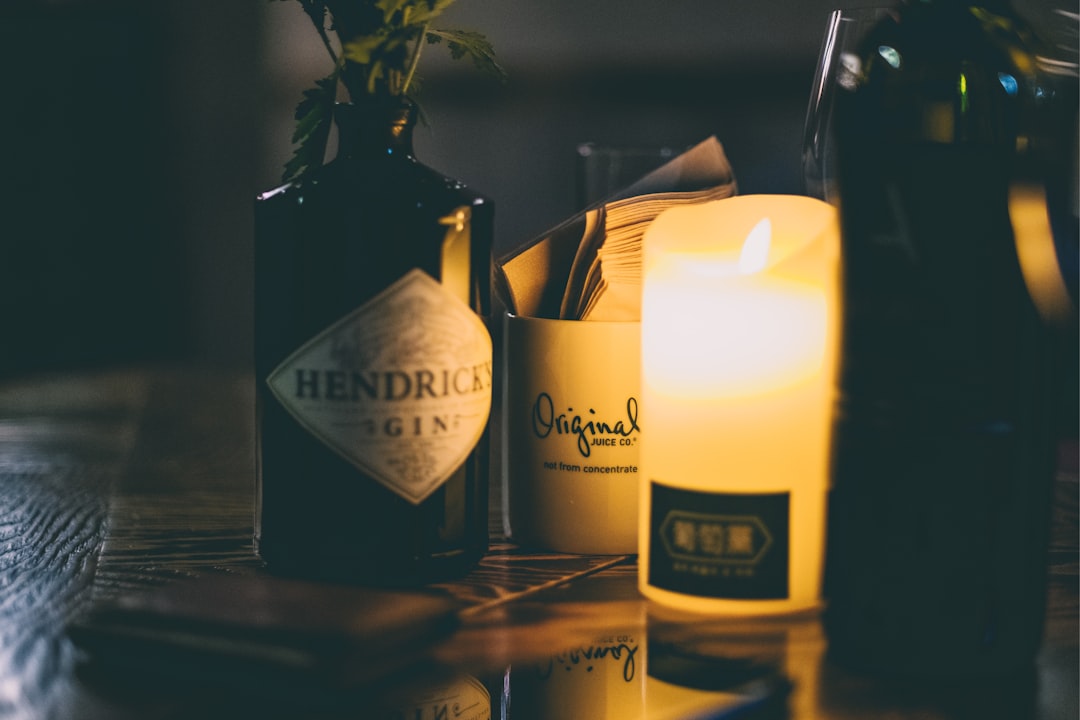
The analog tools that liquor stores once relied on, such as printed brochures, static shelf talkers, or generic loyalty punch cards, often fall short when it comes to tracking real customer behavior or retargeting prospects who interact but never fill out a form. These missed moments represent a significant pain point, as high-intent visitors remain untracked and unreachable. QR code marketing changes the equation by making every offline engagement instantly measurable and actionable.
By attaching scannable calls to action to the physical surfaces that already shape buying decisions, you turn a passive glance into a measurable event. A scan can trigger a recipe view, a loyalty enrollment, an age-gated brand story, or a quick reorder with pickup, and each of those actions can be tied to a product, promotion, and time window for attribution. When your team can see which bottles earned the most scans, which tastings sparked the most sign-ups, and which flyers actually drove traffic, your next campaign becomes smarter and more cost-effective.
A connected QR platform centralizes campaign management and measurement, reduces errors from incomplete data, and surfaces rich analytics to power more targeted retargeting. Platforms like Sona QR support dynamic linking, automated age gates, and integrations that send scan events into your CRM or email service, so your store can continuously refine content, creative, and placements that prove their impact.
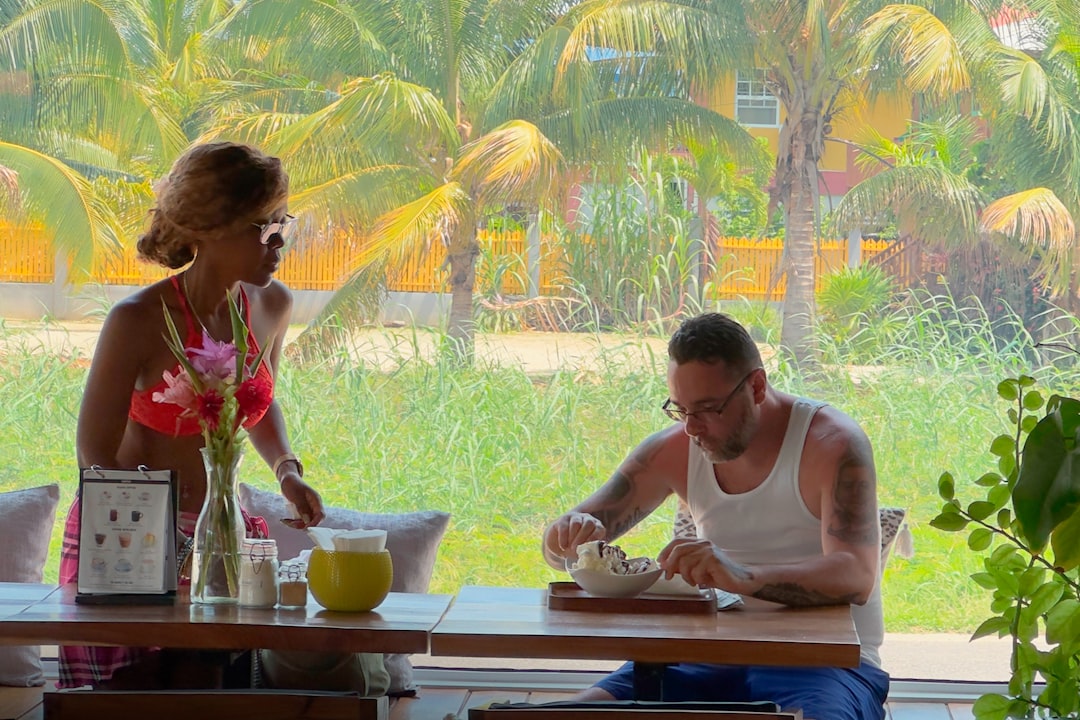
One ongoing challenge for liquor stores is lack of visibility. Once a customer leaves without interaction, their interest, preferences, and journey often remain unknown. This data-light environment hampers future engagement, personalization, and compliance. QR codes reduce that blind spot by transforming familiar materials into instant entry points to purchase pathways, education, and opt-ins that can be measured and optimized.
QR codes also address the complexity of beverage alcohol marketing, where regulations change by state or region and age-gating must be handled consistently. Dynamic QR links allow you to update destinations without reprinting, and they can direct users to age-verified content, responsible drinking guidelines, or product-specific disclosures. You maintain a friction-light customer experience while ensuring compliance and clarity in every market you serve.
For example, codes on wine bottles can reveal vineyard provenance, food pairings, and awards to push an undecided shopper to purchase. Shelf displays can initiate join-and-save loyalty enrollment in under a minute. Flyers and mailers can point to a geo-tailored event calendar or delivery partners for at-home buyers. Across each of these scenarios, QR codes surface previously anonymous engagements and open new doors for retargeting and conversion that paper alone cannot provide. For wine-specific inspiration, see Blue Bite’s analysis on QR code labels shaping preferences and explore QR on product packaging to power regulatory disclosures and storytelling.
Liquor stores consistently find that certain QR code types yield better results for common pain points like incomplete data capture and missed follow-up. Select formats that match the context and desired action, then connect them to mobile-first pages that are fast, clear, and compliant. With a modern platform, you can manage the entire mix from one dashboard and version codes for each campaign, product, and placement. Browse Sona QR’s use case library for ready-to-run ideas.
Static QR codes are fine for evergreen content like a general menu PDF or your store hours, but most marketing needs the flexibility of dynamic QR codes. Dynamic codes allow you to change destinations without reprinting, layer in A/B tests, and capture scan analytics that flow to your CRM and analytics tools. This agility helps you learn quickly and optimize spend.
Dynamic QR codes are especially valuable for keeping campaigns live and analytics accessible. They empower liquor stores to respond to real engagement signals and optimize faster, rather than being limited by static, manual methods that cannot capture or adapt to customer behavior in real time.
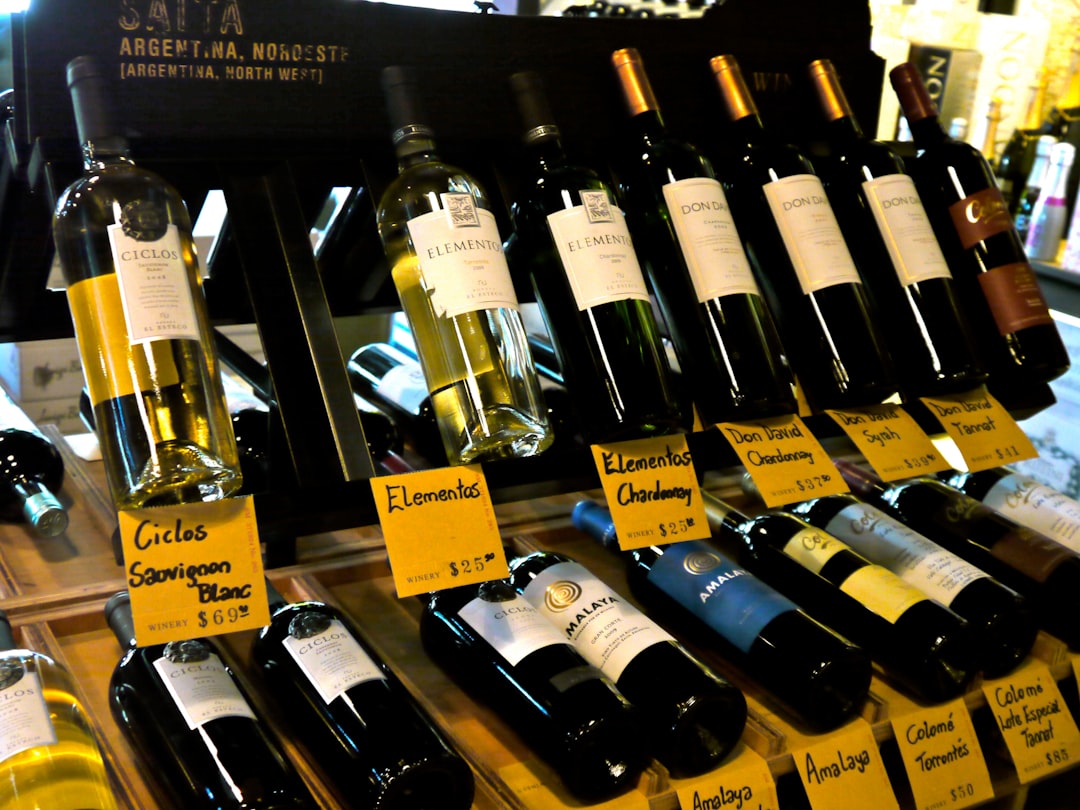
Identifying high-impact QR code placements is crucial for overcoming pain points like anonymous traffic and untapped upsell opportunities. The best placements intersect high shopper attention with clear intent moments, such as comparing bottles, waiting at checkout, or sipping at a tasting. Consider both in-store and out-of-store contexts so you capture interest where it naturally happens.
Think about the physical journey through your store. Shoppers pause in the wine aisle to compare regions, glance at shelf talkers for tasting notes, pick up bottles to read labels, and wait in line at checkout. Each of those pauses is an opportunity to turn curiosity into a scan and a measurable action. Out in the world, your mailers, local magazine ads, or sponsorship banners can carry QR codes that lead to timely offers or event information.
These moments reflect natural pauses in the customer journey, points where data would be lost. QR codes transform those pauses into measurable, actionable touchpoints, surfacing new audience segments and signals for future campaigns. Over time, you will know which placements consistently spark engagement and where to rotate creative for better results.
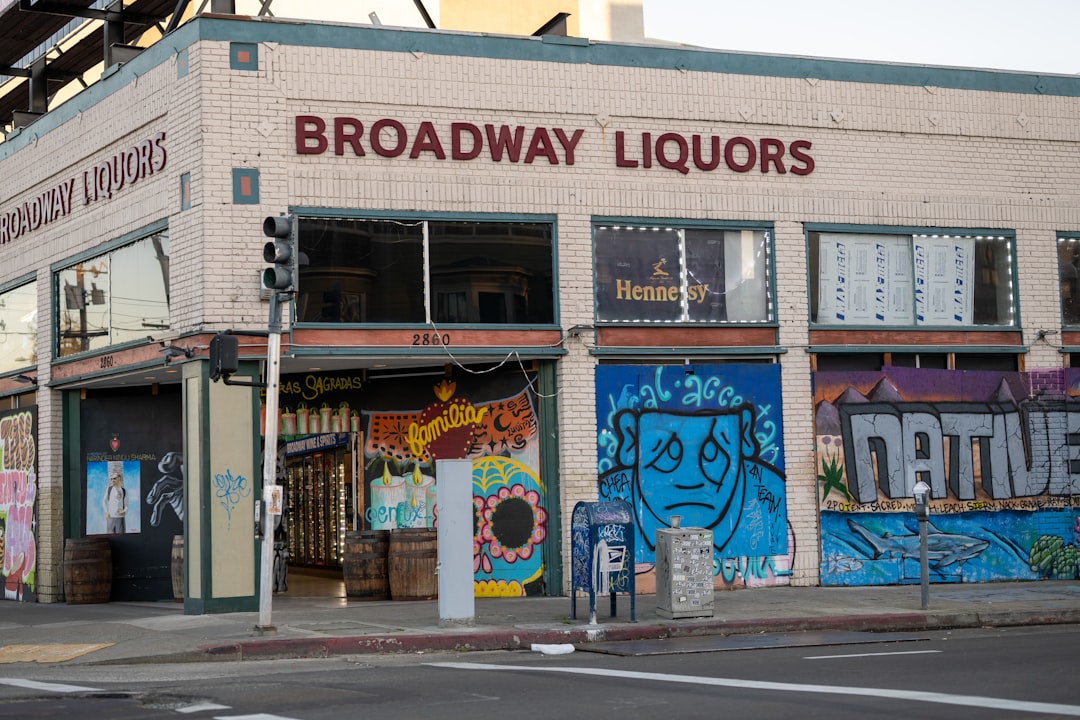
The most effective QR code campaigns directly address challenges like slipped demo interest, low program enrollment, and unmeasured promotional spend. Start with a few high-impact use cases that align with your store goals, then expand as you gather data. Each use case should link to a mobile-optimized destination that is quick to consume and easy to act on.
Use your product mix and local audience to guide the creative. A whiskey wall might feature deeper tasting notes and masterclass videos, while a natural wine display might lean into provenance maps and sustainable practices. As scans accumulate, you will see which angles drive the most downstream actions.
By surfacing which elements drive the most interaction, stores can optimize mixology events, highlight better-performing content, and time new releases based on concrete behavioral data instead of guesswork. Over time, patterns in scan behavior will help you validate assortment decisions and refine promotional calendars.
One of the most persistent complaints in liquor retail is the lack of actionable data for retargeting, especially when valuable prospects interact in-store or via print but never formally convert. QR codes offer a solution by capturing behavioral signals with every scan. Each scan reflects intent: which product was considered, when and where the interest peaked, and whether the person engaged again later.
With multiple codes deployed across your journey, you automatically segment audiences by interest and context. A shopper who scans a mezcal recipe card is different from someone who scans a Bordeaux provenance map, and both are different from a person who uses a checkout QR to join the loyalty program. These distinctions matter when you follow up with offers or content.
In liquor retail, these audience distinctions can be incredibly granular and effective. Consider segments such as wine explorers versus whiskey aficionados, craft beer seasonal shoppers versus everyday value buyers, or event tasters versus club members. Advanced QR tools now automate the entire flow, eliminating manual data entry and helping stores re-engage high-intent buyers before they drift to competitors.
Disconnected efforts, like print coupons with no follow-up or unmeasured event promotions, lead to wasted marketing spend and incomplete data sets. QR codes can address these gaps by acting as the connective tissue that ties offline action to digital nurturing and analytics. When each physical asset carries a code that lands on a trackable mobile page, your marketing channels finally speak the same language. For retargeting tactics that leverage these audiences, use Sona’s Playbook Intent-Driven Retargeting.
Plan your mix by thinking about where your audience spends time. In liquor retail, that includes your aisles, your windows, local print and lifestyle media, neighborhood events, and social feeds featuring tastings or new arrivals. A consistent QR strategy ensures those channels roll up to a single source of truth.
QR codes serve as the offline onramp to your digital marketing engine and unlock a new layer of data collection across channels that were once difficult to measure. With a centralized platform like Sona QR, you can manage all your codes, monitor performance, and sync scan data with your CRM and ad platforms so that every channel contributes to a coherent growth strategy.
Executing a QR program in liquor retail is straightforward once you tie each step to a clear business outcome. Start by picking one priority use case, then expand as you collect scan and conversion data. The key is to combine thoughtful creative with reliable tracking and agile optimization.
Below are the essential steps to go from idea to results. Each step includes practical considerations specific to liquor stores, from age-gating to product mix and seasonal shifts.
Clarify what you want the scan to accomplish. Common starting points in liquor retail include loyalty enrollment at checkout, RSVPs for tastings, or a recipe hub linked from featured bottles. Each use case should connect to a measurable business outcome, such as increased repeat purchases or higher event attendance. For event flows, QR-powered tickets can streamline check-in and attribution.
Select the format that best serves your goal. Dynamic QR codes are recommended for most marketing cases because they enable updates, A/B testing, and comprehensive analytics without reprinting. Static codes can be used for fixed assets like your store hours page or a permanent brand story.
A QR code is only as effective as its scannability and the clarity of its call to action. Ensure contrast, size, and whitespace are sufficient, and place a short benefit-driven CTA near the code. Test in-store lighting conditions and on different devices to avoid missed scans.
Roll out your campaign where engagement is most likely. In liquor stores, priority placements include shelf talkers, bottle neck tags, counter mats, and tasting stations. Expand to receipts, bags, and mailers for post-sale or out-of-store engagement.
Measure performance and iterate. Look at scan volume, scan-to-conversion rate, time on page, and repeat scans. Use these insights to refine copy, adjust placements, or rotate creative based on seasonality and inventory.
Regular refinement can fix gaps in personalization and help recover prospects who previously fell through the cracks. Over time, your QR program evolves from an experiment into a predictable growth lever.
Traditional retail marketing often struggles to tie specific campaigns to revenue outcomes due to lack of traceability, causing frustration when evaluating what is actually working. Advanced QR analytics go far beyond counting scans. They help you connect real-world moments to online actions, and then to sales, so you can invest with confidence. For why this matters, read Sona’s blog post The Importance of Accurate Revenue Attribution.
Define your funnel and the signals that matter for each stage. A scan at the shelf might be scored as consideration, while a loyalty enrollment counts as conversion. With consistent tagging and proper integrations, you see how many loyalty members first scanned a neck tag, how many RSVPs originated from a window poster, and how much revenue came from QR-driven offers over a quarter.
With Sona QR and Sona.com, you can move from anonymous scans to actionable insights. Sona QR captures time, device, location, and campaign source, then syncs with your CRM to trigger personalized workflows. Sona adds identity resolution and multi-touch attribution so you can connect QR engagement to pipeline and closed revenue. Combined, these capabilities turn QR codes into a performance channel you can measure and scale.
Once your first campaigns are live, a few best practices will help you increase adoption, improve ROI, and keep your data clean. Focus on clarity, relevance, and automation so your team is not burdened with manual follow-up and your customers receive value instantly.
Balance innovation with familiarity. Creative placements generate discovery, but the highest scan rates often come from clear, expected locations like shelf talkers and checkout. Use a mix that reflects your brand personality and your shoppers’ habits.
Each of these steps turns pain points like anonymous traffic or missed signals into actionable data and growth levers. Over time, your team will build a playbook of high-yield placements, messages, and follow-ups that sustain results quarter after quarter.
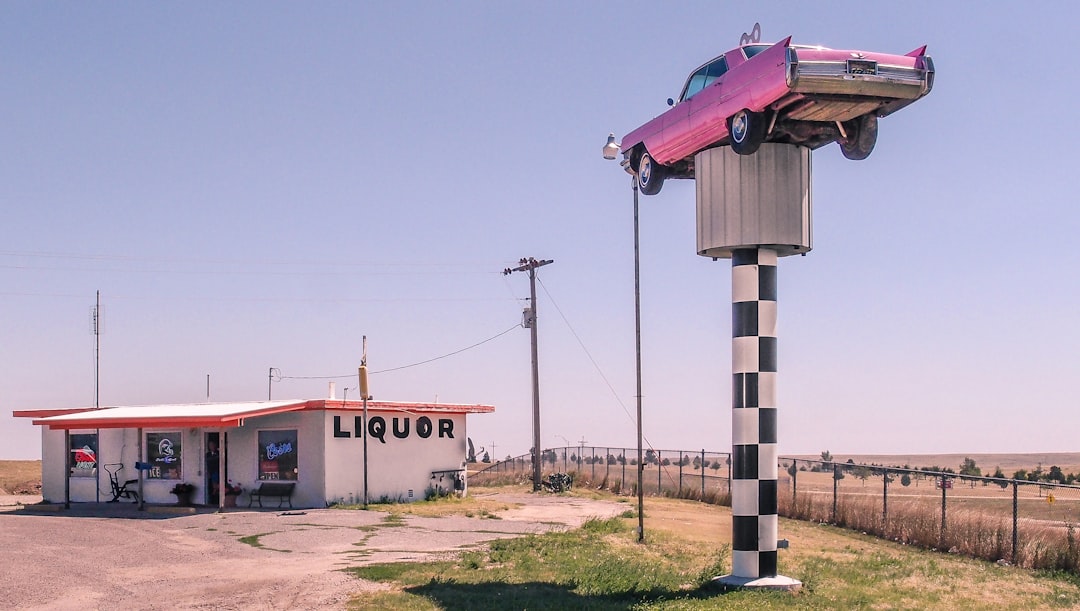
Successful QR campaigns in liquor retail share a few traits: clear value in the call to action, fast-loading mobile pages, and consistent follow-up that matches the user’s intent. They also embrace experimentation to find the right placements and content mix. The following examples illustrate how creative execution and disciplined tracking come together.
Industry research, such as IWSR Drinks Market Analysis, indicates a rapid increase in QR adoption across beverage alcohol. As brands and retailers tackle attribution and engagement challenges, QR codes have shifted from novelty to necessity. Store owners report: We finally understood which promotions drove in-store traffic, and we were able to re-engage customers who never filled out our loyalty slips. Experts add: QR codes turn the formerly invisible into actionable data, making compliance, personalization, and retargeting possible at scale for liquor retailers. For a real-world brand activation, see the Absolut Vodka case study. For academic perspective, review this wine QR research on consumer behavior.
QR codes have emerged as a foundational digital transformation tool for liquor stores, addressing industry pain points like lost opportunities, anonymous traffic, and incomplete audience data. By embedding scannable links throughout the customer journey, stores can unlock measurable engagement, automate data syncing, and deliver seamless experiences that meet both consumer demand and compliance needs. Those who act now position themselves to minimize wasted spend, retarget high-value prospects efficiently, and create sustainable growth through smarter, data-driven marketing, making QR codes not just a trend, but a lasting strategic asset for future-ready liquor retailing. If you are ready to test the waters, start creating QR codes for free with a platform like Sona QR: set up dynamic links, integrate with your CRM, and watch your offline moments translate into measurable results.
QR codes have transformed liquor stores from simple retail spaces into interactive hubs of customer engagement and growth. Whether it’s attracting new customers, enhancing the in-store experience, or offering personalized promotions, QR codes replace traditional marketing with instant, mobile-friendly actions that capture real-time data and turn every label, shelf tag, or display into a powerful conversion tool. Imagine knowing exactly which promotions prompt purchases and being able to adjust your campaigns instantly to maximize impact.
With Sona QR, creating dynamic, trackable QR codes is effortless. Update your campaigns on the fly without costly reprints, connect every scan to sales data, and gain actionable insights that drive smarter, more profitable marketing strategies. No missed opportunities—just seamless engagement that turns casual browsers into loyal customers. Start for free with Sona QR today and transform every scan into a customer connection and a measurable boost in revenue.
QR codes bridge physical touchpoints with instant digital actions, enhancing product discovery, loyalty enrollment, and providing interactive content like recipes and tasting notes, creating seamless and measurable customer experiences.
QR codes on bottles reveal product provenance, food pairings, awards, and exclusive content that help undecided shoppers make purchases while enabling stores to track engagement and retarget customers.
Dynamic QR codes can direct users to age-verified content, responsible drinking guidelines, and region-specific legal disclosures, allowing stores to update compliance messages instantly without reprinting materials.
QR codes can link to interactive cocktail recipes, loyalty program sign-ups, event RSVPs, product transparency information, and buy online pick up in store options, all tailored for fast, mobile-friendly engagement.
By placing QR codes at high-impact locations like shelf talkers, bottle tags, and checkout, stores can track customer interest, capture first-party data, promote loyalty programs, and retarget shoppers with personalized offers.
Dynamic QR codes are recommended because they allow content updates, A/B testing, and detailed analytics without reprinting, while static codes are suitable for permanent information like store hours.
Each scan is tracked by time, location, and campaign, providing attribution data that links in-store interactions to digital actions and revenue, enabling smarter marketing investments and audience segmentation.
Effective placements include shelf talkers, bottle neck tags, window posters, checkout counters, print mailers, event signage, receipts, and local ads to capture interest at natural shopping pauses.
By deploying multiple QR codes aligned with the buyer journey and syncing scan data to CRMs, stores can segment customers by product interest and engagement stage for personalized follow-up campaigns.
Key steps include choosing a clear use case, selecting the right QR code type, designing and testing for scannability, deploying across high-impact channels, and continuously tracking and optimizing performance.
QR codes connect offline materials like brochures, print ads, social media, and event signage to digital campaigns, creating a unified data source for tracking engagement and enabling consistent retargeting.
QR analytics capture scan volume, location, device, and campaign source, attribute conversions and revenue, enrich CRM data, and enable segmentation by channel, timing, and customer behavior for optimized marketing.
Use unique codes per asset, add UTM parameters for attribution, automate follow-ups, train staff with simple prompts, and deploy creative assets in both expected and innovative placements to maximize scans and data quality.
QR codes transform anonymous offline interactions into measurable data, support compliance, enable personalized retargeting, and drive sustainable growth through smarter, data-driven marketing strategies.
Use Sona QR's trackable codes to improve customer acquisition and engagement today.
Create Your FREE Trackable QR Code in SecondsJoin results-focused teams combining Sona Platform automation with advanced Google Ads strategies to scale lead generation

Connect your existing CRM

Free Account Enrichment

No setup fees
No commitment required

Free consultation

Get a custom Google Ads roadmap for your business






Launch campaigns that generate qualified leads in 30 days or less.
